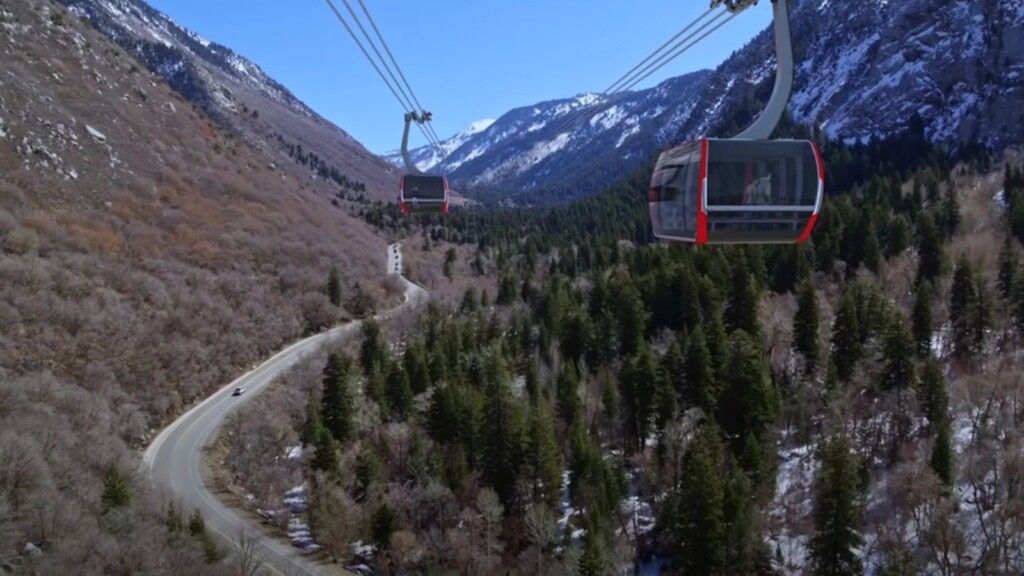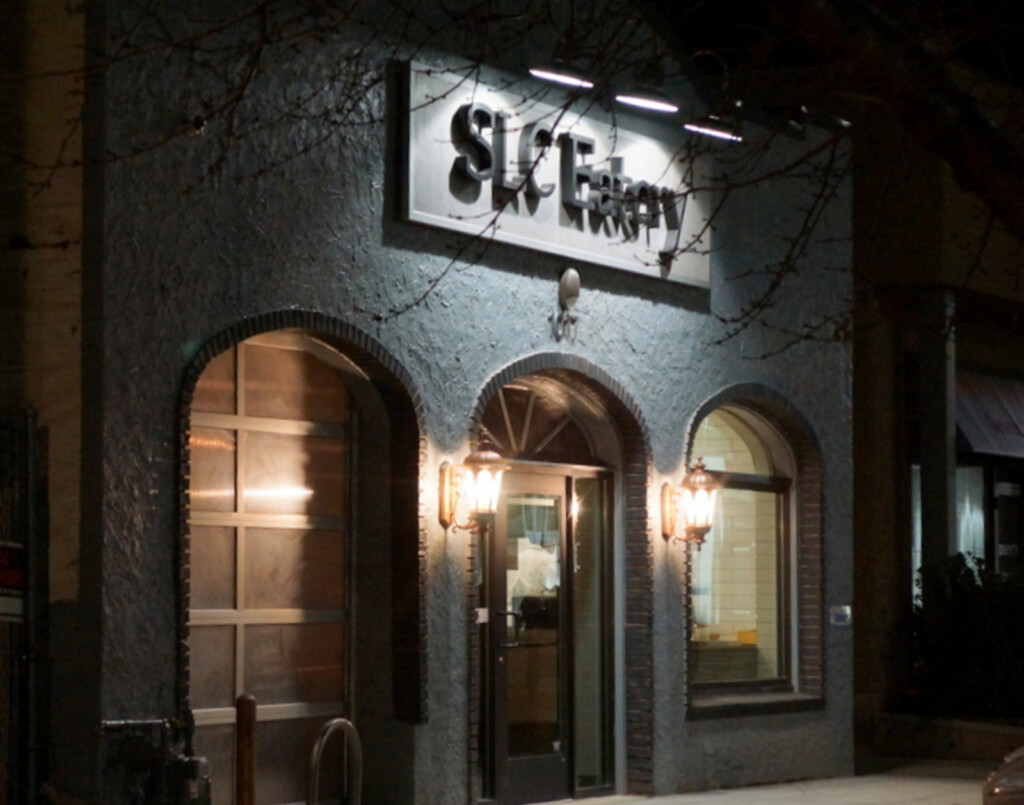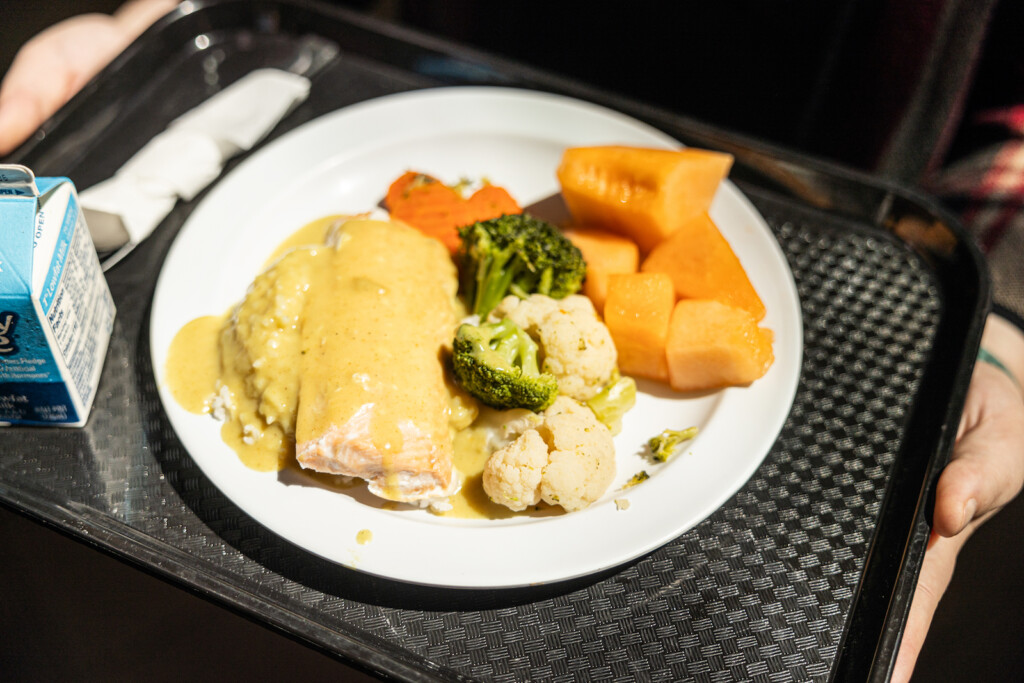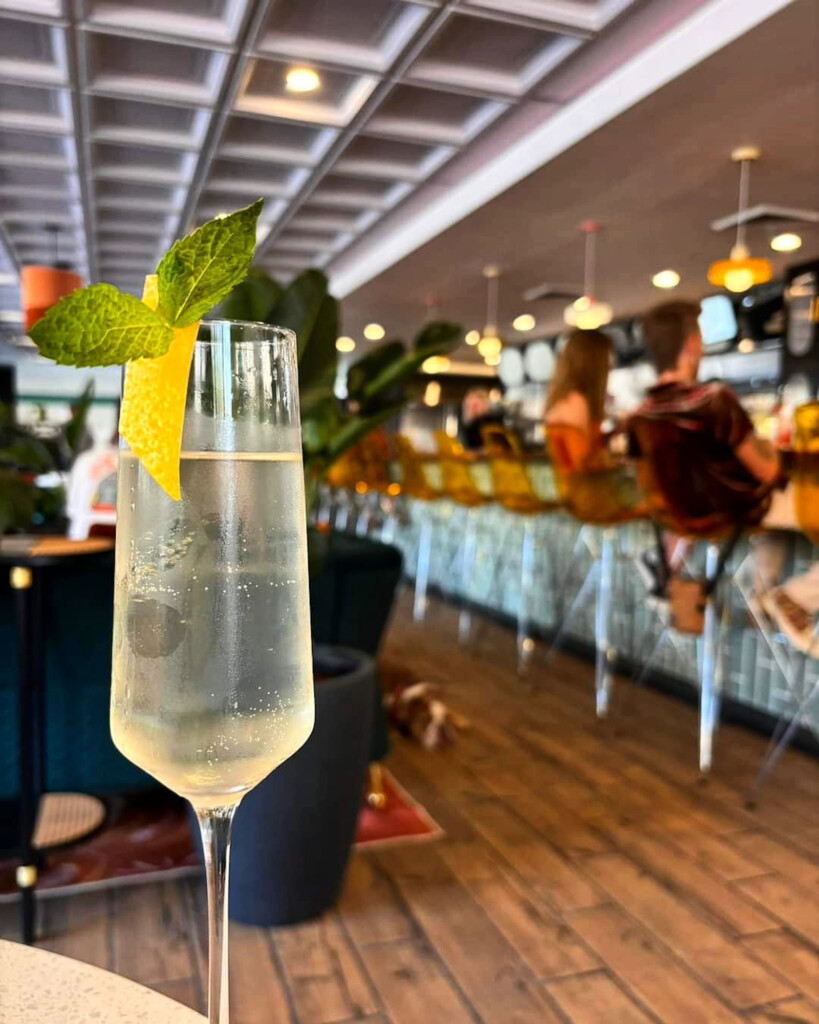It’s now being challenged under litigation, but currently a done deal — that there will be $2 billion of Utah taxpayer money spent to enrich the already wealthy owners of Snowbird and Alta, and the property owners at La Caille (who also happen to be the decision makers), to build a gondola at the base of Little Cottonwood Canyon.
Gondola Works was the successful PR and marketing campaign that dazzled UDOT and UTA board members and gained the support of enough Wasatch Front Regional Council members to approve the overall $26 billion plan.
The overriding questions are, Why should we be putting so much energy into a $26 billion plan that only focuses on transporting mostly elite skiers up to our mountains? How does this massive investment help average Utahns? Instead, why not develop a plan that helps more families raise their children in safer and healthier environments? Why not invest all of this money in making a better Wasatch Front so that more married couples can feel more secure about having children?
Some might argue that this shouldn’t be an “either/or scenario”, but examining the manner in which the Wasatch Front suburbs are being developed is completely car-centric; devoid of open spaces, trails, parks and ways in which kids can free-range, ride bikes, access nature and give parents a reprieve. This is a problem.
Kids are staying inside sitting for hours in front of screens, not connecting enough with nature, the environment, and the real world. The result is depression. Suicide rates and depression in children are skyrocketing, and it seems like all we can think about is banning more books from school libraries — books that kids aren’t reading anyway.
As a Gen-Xer with a young daughter, I witness a huge contrast in the way in which my daughter is growing up in the Salt Lake suburbs compared to how I grew up in the early eighties. Yes, in forty years the world and Utah have changed significantly: our population is now quadruple what it was when I was a kid. And “helicopter parenting” has become the norm. But we could be building our suburbs to offer so much more to our kids, and it is clear that this is not a priority for UDOT, UTA nor state leaders and developers.
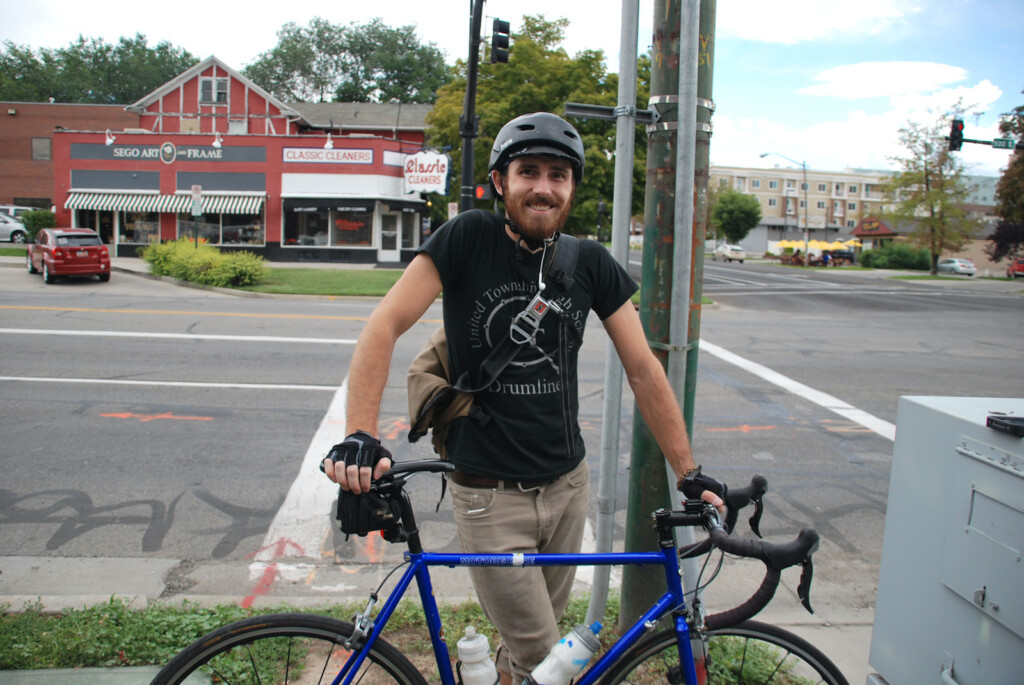
What Could We Do with $26 Billion to Make the Suburbs Better for Kids and Families?
There are some excellent models for what can be created in urban and suburban communities when residents value child safety over vehicular convenience. By simply reprioritizing values so that pedestrians and bikers are a greater priority than cars, city planners can make places where kids can be safe going out alone on their bikes or on foot.
A great example is how the Dutch have done this in transforming their city into the undisputed “Bicycle Capital of the World”. I know what most conservatives might be thinking, “Never! A utopian, European, socialist model in Utah will not be happening.” But let’s look at how and why the Dutch did this.
Back in the Post WWII era, Dutch cities had been bombed to smithereens. The Dutch essentially had a blank canvas to work from, so they decided to model their cities after the United States urban centers. The Dutch were building their cities and suburbs into car-centric concrete jungles. Cars, parking, and smooth vehicular traffic flow were the priorities behind urban and suburban planning.
Cars were becoming ever-more ubiquitous and affordable in the post WWII environment. But cars were also killing far too many residents. The Dutch were realizing, with perhaps more stark awareness than we had in the U.S., that roadways and their newly-found prosperity and ability to own cars had a troubling side-effect: they were becoming a great hazard for those who wanted to brave walking or biking.
In Holland, the number of traffic casualties rose to a peak of 3,300 deaths in 1971. More than 400 children were killed in traffic accidents that year. A fierce campaign then began: Stop de Kindermoord (Stop the child murder). Its first president was the Dutch former MEP, Maartje van Putten. According to the Guardian:
“I was a young mother living in Amsterdam and I witnessed several traffic accidents in my neighborhood where children got hurt,” van Putten, 63, recalls. “I saw how parts of the city were torn down to make way for roads. I was very worried by the changes that took place in society – it affected our lives. The streets no longer belonged to the people who lived there, but to huge traffic flows. That made me very angry.”
But the Dutch, driven by van Putten and other parent activists, decided to take a strong turn away from car-centric city planning and prioritize cycling paths and build them in a manner so that children and the elderly especially could safely and easily use them.
In essence, they determined that they would rather build a country of bicycle commuters than car commuters. The evolution and methods they used to separate vehicle traffic from cycling traffic would be a great model for Utahns and Salt Lake City planners to examine in greater detail.
Today the Netherlands offers 22,000 miles of cycle paths. Country wide, more than a quarter of all trips are made by bicycle. This rises to 38% in Amsterdam and 59% in the university city of Groningen. Utah’s bicycle commuting is still not statistically measurable. By contrast, the UK is still much more cycle-friendly than the USA, and they measure 2% of commuters as cyclists.
A positive side-effect of a nation of bicycle commuters is that densely-packed cities require fewer working-class residents and students to own cars. According to AAA, the average annual cost of owning a car in the United States saw a huge increase in 2023 to over $12,000 per year. Fewer cars and fewer car trips results in an overall standard of living increase because cars are a highly expensive method of transport to maintain. Car sharing apps make non-car ownership an easier, more manageable possibility, especially for those who want to save for a down payment to eventually own a home.
Another major issue was that Holland, for centuries, has not had enough dry land. In the past three centuries Holland has reclaimed vast amounts of land from the sea. Massive dike projects, costing billions, had carved out farmland to grow tulips and agriculture. As a nation, this land was a highly valuable sector of the Dutch economy. Besides, the Dutch have traditionally been some of the most productive and innovative farmers in Europe. Maintaining this farmland, as opposed to building over the top of it (as we do in Utah with houses) is certainly a high priority for the politicians and residents.
In the interest of public safety, land preservation, maintaining a more affordable lifestyle for residents, and especially building in a manner that was more sustainable, Holland decided to build bicycle freeways and massive amounts of infrastructure to assist cyclists. Very little parking exists in Amsterdam; residents who own cars need to pay a premium to park their cars, but housing (until recently) was far more affordable for families.
But the major improvement was that they decreased the death rate of children killed by motorists by a massive amount. Kids could now feel safe walking the streets, and parents could now commute to work using bicycles and kids could safely bike to school.
According to the Institute for Family Studies, sharp increases in housing costs have a direct correlation in parents deciding when to have children and how many. Couples who can’t afford more space delay having children by up to four years. Kids take up space, and the suburbs are still highly appealing to families who want kids and space. Building our suburbs so they are safe for kids to play and navigate, along with being affordable and appealing again, should be a top priority of UTA and UDOT. The question boils down to this: would investing in bicycle infrastructure and safer roads result in more affordable housing and a decrease in the decline of the fertility rate of Utahns, or would a $27 billion be better spent on a gondola project that helps our elites and tourists?
Feature Image: Rendering of what the Little Cottonwood Canyon Gondola may look like. From Outside Courtesy of GondolaWorks.

